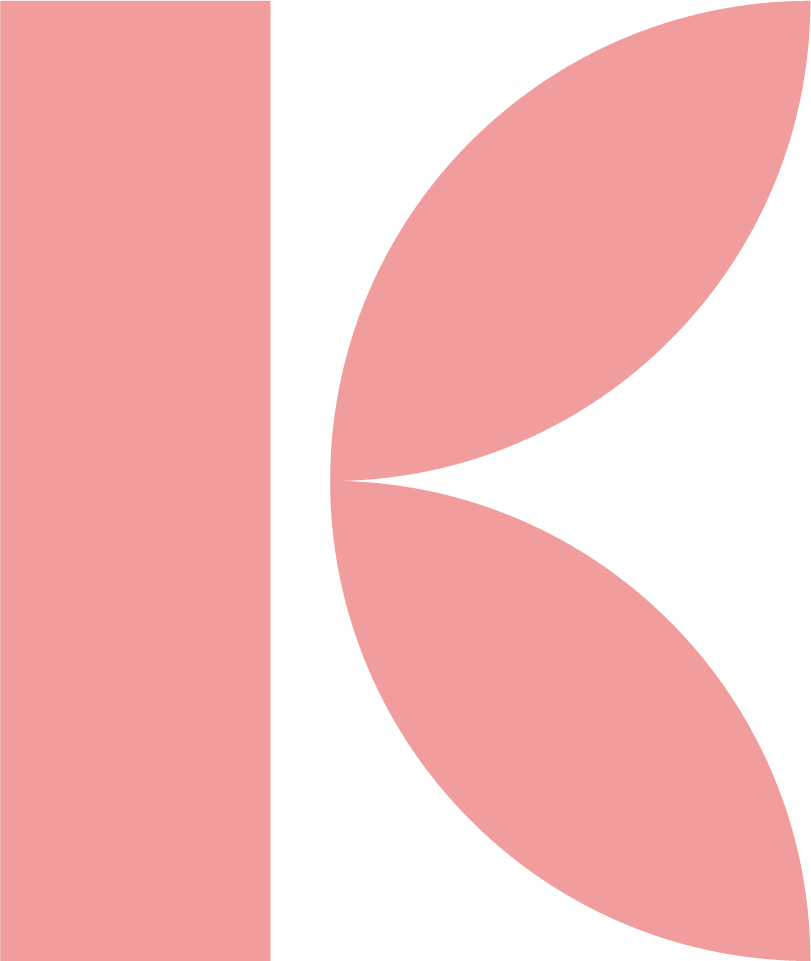For avid TikTok users, the term “fungal acne” might not be new to you. It’s an alarming skincare concern especially for people who live in a humid country. Learn more about this misnomer as board-certified dermatologist Dr. Jarische Ang uncovers the facts behind this phenomenon.
FURTHER READING: The Types of Acne and How To Treat Them
“Fungal Acne”: What is it?
Here’s some surprising news: ‘fungal acne’ is not really acne. Dr. Jarische tells us why:
“It is actually an inflammation of the hair follicle caused by the fungi (yeast), Malassezia. Hence, it is more properly called Malassezia (Pityrosporum) folliculitis.”
Factors that cause Malassezia folliculitis
Now that we know the proper name for this type of inflammation, let’s have a rundown of what triggers it.
The hot climate and humid areas
According to Dr. Ang, “Yeasts prefer to thrive in moist environments with excess heat and sweat. “ Thus, it’s important to wipe away your perspiration consistently so to avoid Malassezia folliculitis.
Prolonged use of oral antibiotics and oral steroids
“These cause a change in the normal skin microflora,” Dr. Jarische states. The term microflora refers to your skin’s microorganisms. Research states that long-term antibiotic usage results to drug resistance, as well as kill the bacteria that supposedly fights off yeast overgrowth.
Increased oil production
“[Commonly] seen in teenagers,” Dr. Ang says. While this isn’t the primary cause, it contributes greatly to feeding the fungus associated with Malassezia folliculitis.
Fungal acne vs. Regular acne
Dr. Jarische emphasizes that “it may look like acne, but it has different features.”: Below is a table she made for easier understanding:
| Malassezia folliculitis | Acne |
| Bumps appear the same (red bumps) | Bumps are composed of different lesions (comedones – whitehead or blackhead, red bumps with pus, cysts, nodules) |
| Appear along the hairline, upper forehead, chest, and back | Appear all over face, chest, and back |
| Can be itchy | Usually not itchy |
Recommended ingredients for healing
If you’re currently experiencing this, worry not — here are dermatologist-recommended products and ingredients to get your skin back in shape.
Topical antifungals
Dr. Jarische advises to look for antifungal shampoos with the following ingredients:
- ketoconazole
- zinc pyrithione
- selenium sulfide
She recommends massaging it (as a wash) onto the skin and leaving it for 10 minutes (which is equivalent to singing the “happy birthday” for about 20 times) on affected areas to maximize its healing benefits.
Antifungal creams
These may be over-the-counter or prescribed by a dermatologist. Buy products that contain ketozonazole, clotrimazole, and miconzaole. Be sure to follow the application direction as excessive usage may result to flare-ups.
Oral antifungals
This type of medication requires professional consultation as some oral antifungals tend to be on the stronger side. Dr. Ang notes that it is “best to consult with dermatologists for proper guidance.”
Conclusion
Now that we know what fungal acne really is, we can take preventive measures in order to avoid this type of inflammation. Do remember that seeking your dermatologist’s advice is a must if you are battling with Malassezia folliculitis. You can also avail our free consultation service for products that are “fungal acne” safe.
